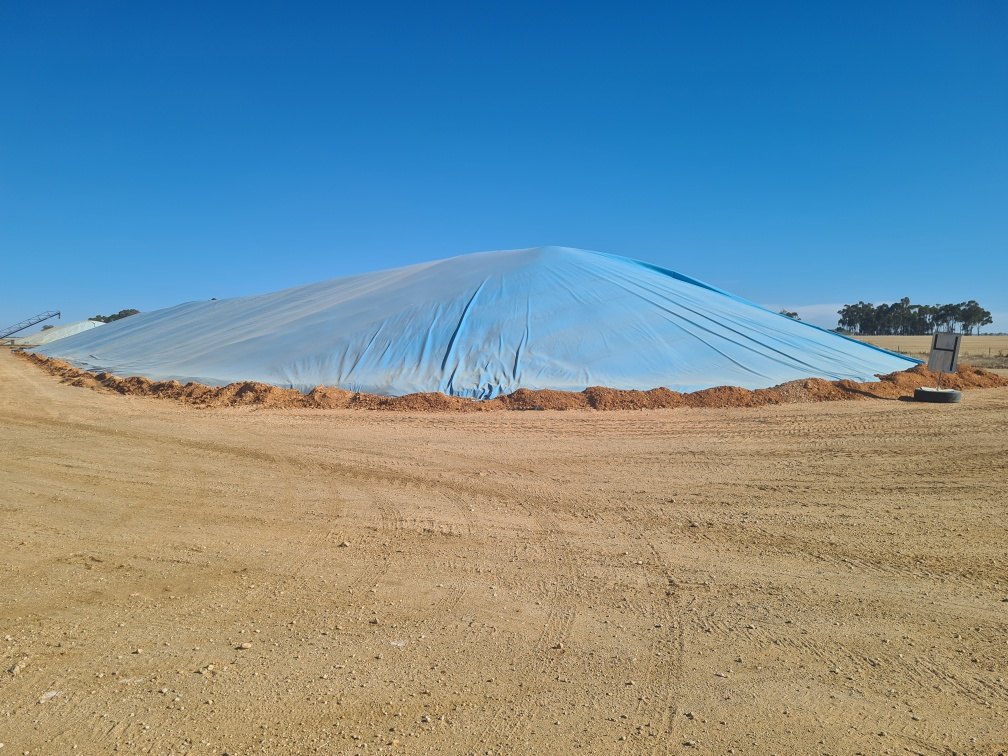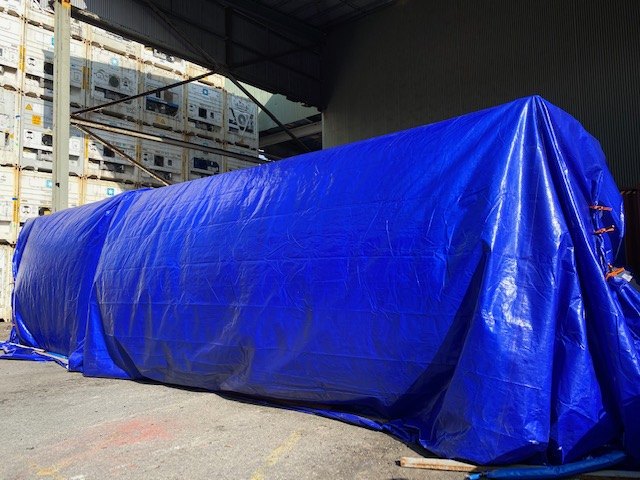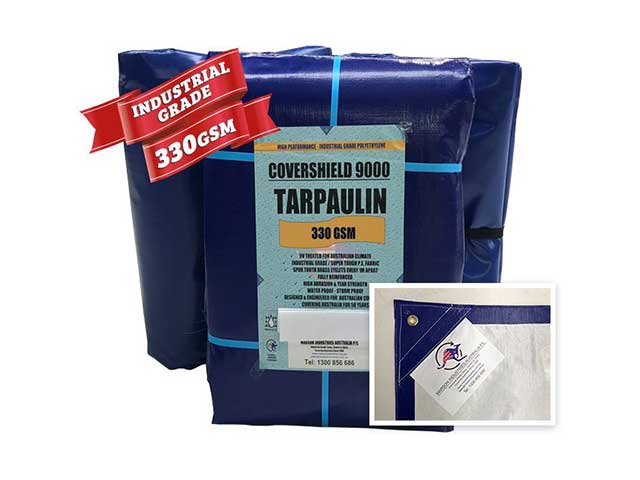Tarps, Covers & Liners. Industrial Textile Fabrication.
Marson Industries Australia Pty Ltd
A Comprehensive Look At Spill Containment Bunds

At a time when matters environment are taking precedence in every aspect of our lives, handling large quantities of chemicals is a major issue of concern. Whenever we handle chemical liquids, there are numerous guidelines that need to be followed to ensure that safety is maintained at all levels of handling and at times. As such, it is important to understand what spill containment bunds are and the regulation governing their use.
-
The Risks Involved In Storage Of Toxic Liquids
One level of handling becomes very important when discussions on matters of handling dangerous or toxic liquids are held. The storage level. Storage of toxic chemicals is inherently a dangerous business. There are tremendous risks involved in the whole endeavor. However, the most dreaded risk is widespread storage tanks failure that leads to chemical leakages.
Many industrial chemicals tend to cause far-reaching environmental effects whenever a wide scale leakage occurs. These negative effects are caused by the chemical make of the liquids or the velocity of the spilling liquid. For instance, when stored industrial chemicals such as acids spills, the environmental damage experienced is two-fold; due to the chemical reaction and due to the force of gushing fluids that destroys structures in the way of the liquid.
To improve safety and mitigate any arising effects due to spillage, spill containment bunds are usually deployed around such storage facilities.
-
What Are Spill Containment Bunds
A spillage containment bund is a structure that is placed or constructed around a storage structure, with the sole purpose of preventing liquid breaches from the storage to other areas. This is a secondary containment facility or system that is constructed to mitigate the endured effects that arise due to the spillage of dangerous and toxic liquids. In many jurisdictions, the law requires that the storage of any toxic liquid dangerous liquid have bunding around the storage facility.
There is a variety of bunds in existence, and the deployment of each type of bund depends on the type of liquid stored, the amount of liquid stored or the size of the storage facility, the cost of its use and the density of the liquid stored.
-
Different Types Of Bunds (Classification Based On Size)
When we differentiate spill bunds based on size, we can have two distinct sizes;
-
The Small Scale Bunds
These are spill bunds that are designed and manufactured to contain small amounts of spillages that occur in factories storage spaces. They are mainly made of plastic material. Plastic as a material tends to be impervious to liquids, inert to many chemicals and more importantly they are mobile. An alternative material to plastic is steel. To improve on mobility, some bunds are designed to have pallets. Thus moving the storage tanks becomes a very easy endeavor.
Drum storage tanks are most popular when small-scale liquid storage is considered. The storage drums are placed over the bunds, thus in the case of a spillage, the liquid pours into the bunds instead of the ground.
Purchasing this type of bunds is an easy task as the market is filled with a variety of them.
-
Large Industrial Bunds
The construction of bunds that are meant to cater for industrial liquid storage purposes usually deals with a set of restrictions and challenges. Industrial scale bunds are usually large and complex in design. However, the complexity tends to vary with the type of liquids that is stored.
Typically, industrial scale bunds are constructed of concrete. Impervious concrete is a good material as it does not react with many chemicals. An additional sealant lining covers the band to provide extra impermeability of the concrete wall.
Since most of the bunds are made of a high wall, steps or a ladder is constructed to allow people to escape easily, in the event of storage system failure. A common feature for industrial scale bunds is a sump pump. The pump is used to suck rainwater that collects in the bund. The pump is also used to transfer the spilt liquid to a secondary storage tank after the occurrence of a spillage.
An alternative to having drainage sump pumps is to construct drainage pipes that transfer precipitation and the spilled liquid.
-
Regulations Concerning Spill Containment Bunds
The storage of toxic and dangerous liquids is regulated by environmental laws and industrial safety laws. These are the same laws that regulate the use of spillage bunds, especially the large scale industrial bunds. Such laws are usually jurisdiction specific. However, the elements they seek to control are the same.
One very common regulation relating to the storage of toxic and or dangerous liquids is that it is a requirement to have bunding around any storage vessels.
Regulation of the volume of the bund is also a common feature, with some jurisdiction setting the minimum volume as high as 110% to 130% of the capacity of the storage vessel. In most cases when there are multiple bunds, the highest volume amongst the various vessels is used to determine the capacity of the bund.
There are also regulations pertaining the types of liquids that can be stored in the same bund. In most jurisdiction, liquids that have the potential to react catastrophically are not allowed to share one bund.
-
Occasions That Warrant The Use Of Bunds
There are several cases that warrant the use of bunding as a secondary containment system. These include when handling pesticides, petroleum products and when handling chemicals. The amount of the liquid does not matter when it comes to using bunding or not, since, in all scenarios, bunds are required. However, the amount of liquid determines the type of bunds to use.
Share this post



